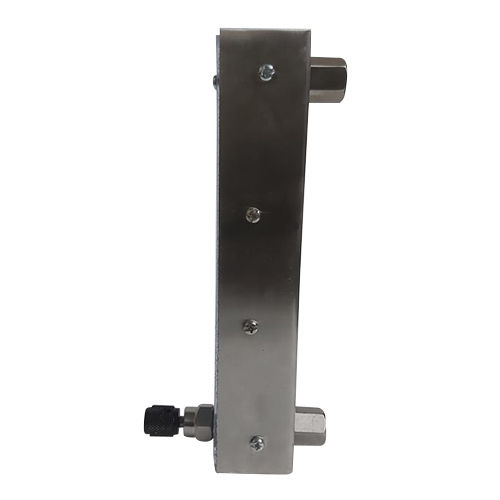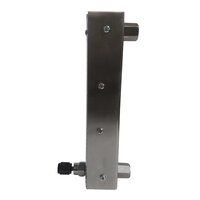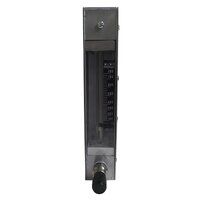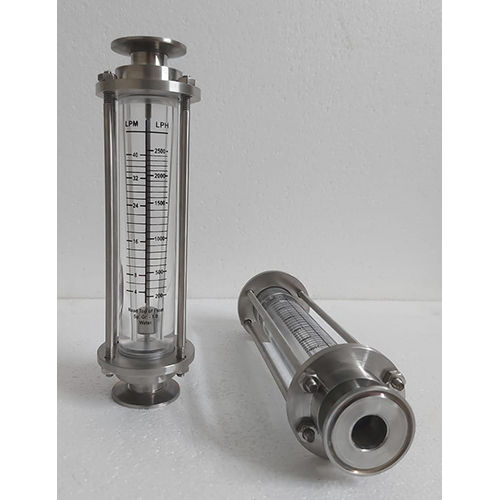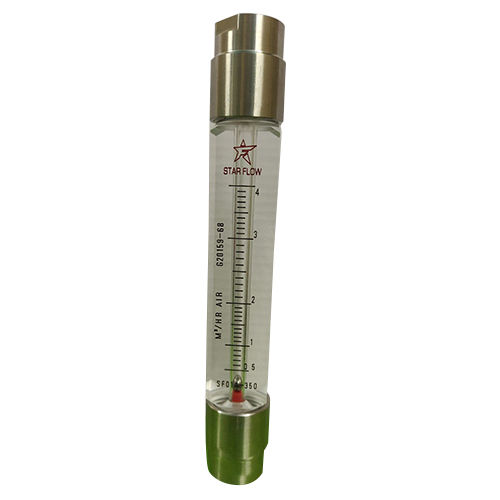Small Glass Tube Rotameter
Product Details:
- Usage Industrial
- Size Different Available
- Product Type Small Glass Tube Rotameter
- Material Metal
- Display Type Analog Only
- Click to View more
Small Glass Tube Rotameter Price And Quantity
- 1 Unit
- 2500 INR/Unit
Small Glass Tube Rotameter Product Specifications
- Different Available
- Analog Only
- Small Glass Tube Rotameter
- Metal
- Industrial
Small Glass Tube Rotameter Trade Information
- Cash Advance (CA)
- 1000 Unit Per Month
- 3 Days
- All India
Product Description
The flow rate of a fluid, often a gas or liquid, is measured and indicated using a small glass tube rotameter, a type of flow measurement device. It is frequently employed in situations when a small, aesthetically pleasing flowmeter is required.
The essential features of a tiny glass tube rotameter are as follows:
1. Glass Tube: The glass tube is usually translucent or transparent, making it simple to see the float and the fluid flow visually. It helps to provide a linear scale for flow rate indicating since the tube is frequently tapered or conical in shape.
2. The float is a buoyant object that moves vertically with the fluid flow inside the glass tube. The float is made to have a particular density in order to achieve buoyancy and maintain stability at various flow rates. The flow rate of the fluid is shown by the location of the float inside the glass tube.
3. Scale: A scale is inscribed on the glass tube next to the float, enabling accurate flow rate measurement. Depending on the particular use, the scale is often calibrated in measures like litres per minute (LPM) or cubic feet per hour (CFH).
Small glass tube rotameters are frequently employed in research settings, low-flow industrial processes, and laboratory settings where the flow rates are quite modest. They offer a quick and affordable remedy for visual flow rate monitoring.
Even though small glass tube rotameters might be visually pleasing and simple to read, their accuracy and measurement range may be constrained when compared to more advanced flow monitoring technology. As a result, rather than being employed for exact measurement requirements, they are often used for broad flow indication purposes.
Consider aspects like the necessary flow range, fluid compatibility, pressure and temperature restrictions, and other unique needs for your application when choosing a tiny glass tube rotameter.
Other Products in 'Industrial Rotameter' category
 |
STAR FLOW TECHNOLOGIES
All Rights Reserved.(Terms of Use) Developed and Managed by Infocom Network Private Limited. |

 Send Inquiry
Send Inquiry